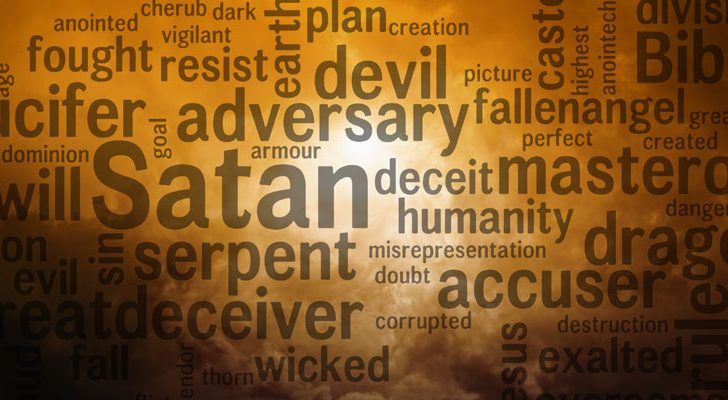Questions of Faith
Modern conceptions of the Devil often depict him as an evil, red-tinged, horned fiend, relishing in the torture of lost souls as he malevolently impales the damned with his pitchfork. This, however, is not how Satan has always been perceived; the Church provides us with a much richer account of who the devil is, and his relationship with God.
Catholics believe that Satan was created by God as an angel, but he eventually fell from grace by radically and irrevocably rejecting God and his reign.
“The Devil and the other demons were indeed created naturally good by God, but they became evil by their own doing” (CCC 391).
This proclivity for wickedness is best described in the Genesis account, where Satan tempts Adam and Eve to eat from the tree of knowledge.
“‘You will not certainly die,’ the serpent said to the woman. ‘For God knows that when you eat from it your eyes will be opened, and you will be like God, knowing good and evil’” (Genesis 3:4).
The maligned character of the Devil is thus revealed in the account of the Fall, which brands him as a liar and the father of all lies. It’s important to note that Satan can’t simply plead for forgiveness from God for his evil acts; just like humans who can’t repent after death, so to Satan cannot seek mercy after his fall from grace.
Wilderness
As an angel, Satan has immense power and can influence people to sin – an ability which is best revealed in Scripture when he tempts Jesus after his 40 days of fasting in the wilderness (Matt 4:1-11). The fact that Jesus does not capitulate to these temptations is an indication of God’s sovereign power.
“The power of Satan is, nonetheless, not infinite. He is only a creature, powerful from the fact that he is pure spirit, but still a creature. He cannot prevent the building up of God’s reign. Although Satan may act in the world out of hatred for God and his kingdom in Christ Jesus, and although his action may cause grave injuries – of a spiritual nature and, indirectly, even of a physical nature – to each man and to society, the action is permitted by divine providence which with strength and gentleness guides human and cosmic history.” (CCC 395)
We should not think of the Devil as a myth, a representation, a symbol, a figure of speech or an idea”
Plenty of theologians today prefer to interpret Satan as the mythical personification of evil rather than a literal being. However, the Church has been consistently insistent upon the belief that the devil really exists. Pope Francis most recently stated this in his 2018 apostolic exhortation, Gaudete et Exsultate (Rejoice and Be Glad), which reinforced the reality of the Devil in our everyday lives.
“Hence, we should not think of the Devil as a myth, a representation, a symbol, a figure of speech or an idea. This mistake would lead us to let down our guard, to grow careless and end up more vulnerable. The Devil does not need to possess us. He poisons us with the venom of hatred, desolation, envy and vice.”


 Colm Fitzpatrick
Colm Fitzpatrick

